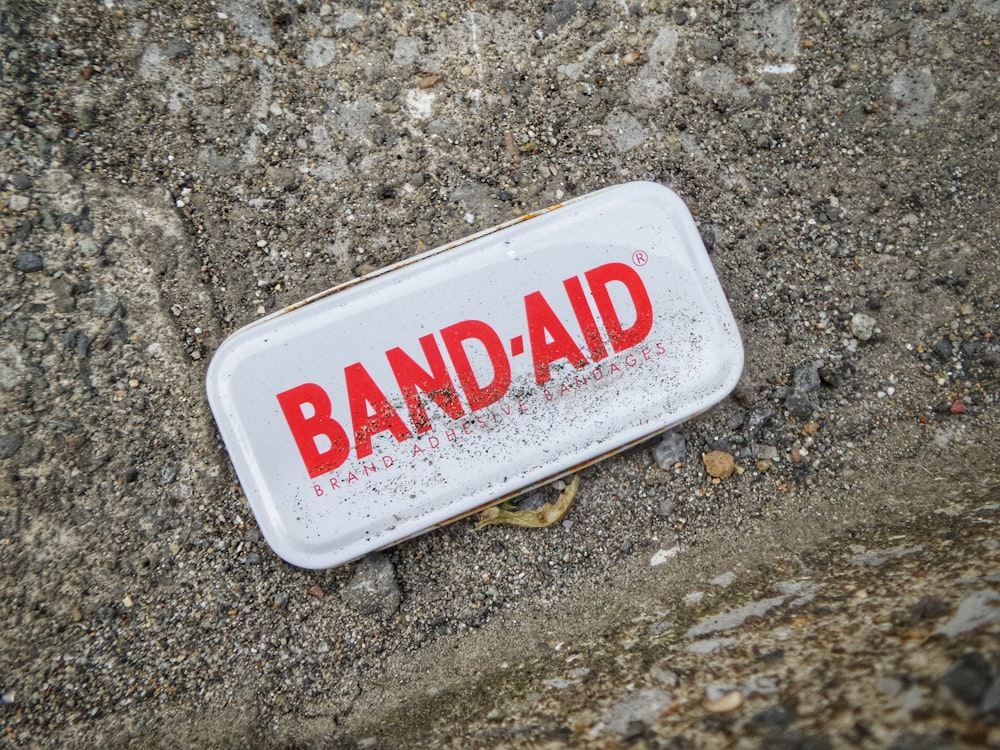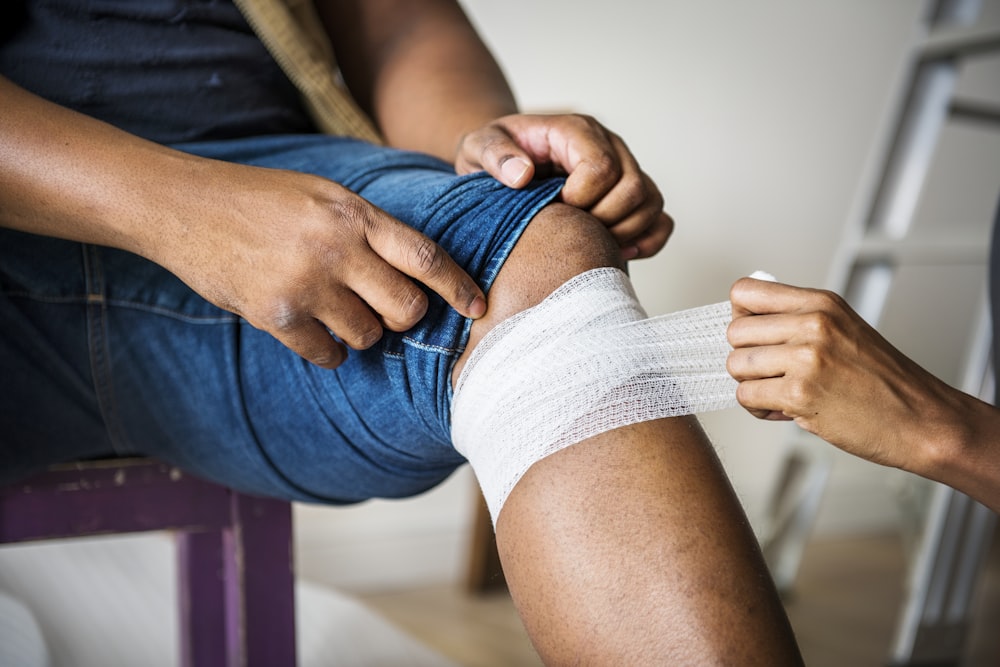Everything to Know about the Types of Collagen Dressing
The beauty of using collagen dressing on wounds and injuries
Jan 02, 2019

What Are Collagen Dressings
What would make for the best kind of wound care dressing? Something that would not only help heal your cuts and burns quickly but something that the body could produce naturally as well. That is where collagen comes in. Collagen is the single most abundant protein in the body. It makes up 25% to 35% of the whole-body protein content and is seen throughout the body, from muscles, bones, the cartilage in our ears and most importantly our skin. Collagen is the main protein in the skin that is responsible for not only the elasticity of the skin but is also a key component in wound healing, making it the best option to be used in wound care. But how does it work?
There are different types of collagen throughout the body. Just like anything else, as we age our bodies produces less collagen. Collagen works in the dermis layer of our skin giving it flexibility and is responsible for replacing and restoring dead cells in our skin. As we age these cell break down, leading to longer healing times and dreaded wrinkles. It is imperative that we would want to find ways to replace the collagen that is lost through the aging process. There are many different types of collagen in our bodies, but the three main types make up between 80%-90% of the total amount of collagen in our bodies. The three types are:
- Type 1 Collagen: Makes up to 90% of hair, skin, organs, bone, and ligaments
- Type II: Makes up cartilage
- Type III Collagen: The fibrous protein in bones cartilage, tendons, dentin, and other connective tissues.
The Different Types of Collagen Dressing and its Uses
Using a collagen dressing is a great way to help the healing process of the wound. It is important that healing is quick and as effective as possible. That is why the right dressing is important. The type of dressing depends on different factors, including what type of injury, size, location, and severity.
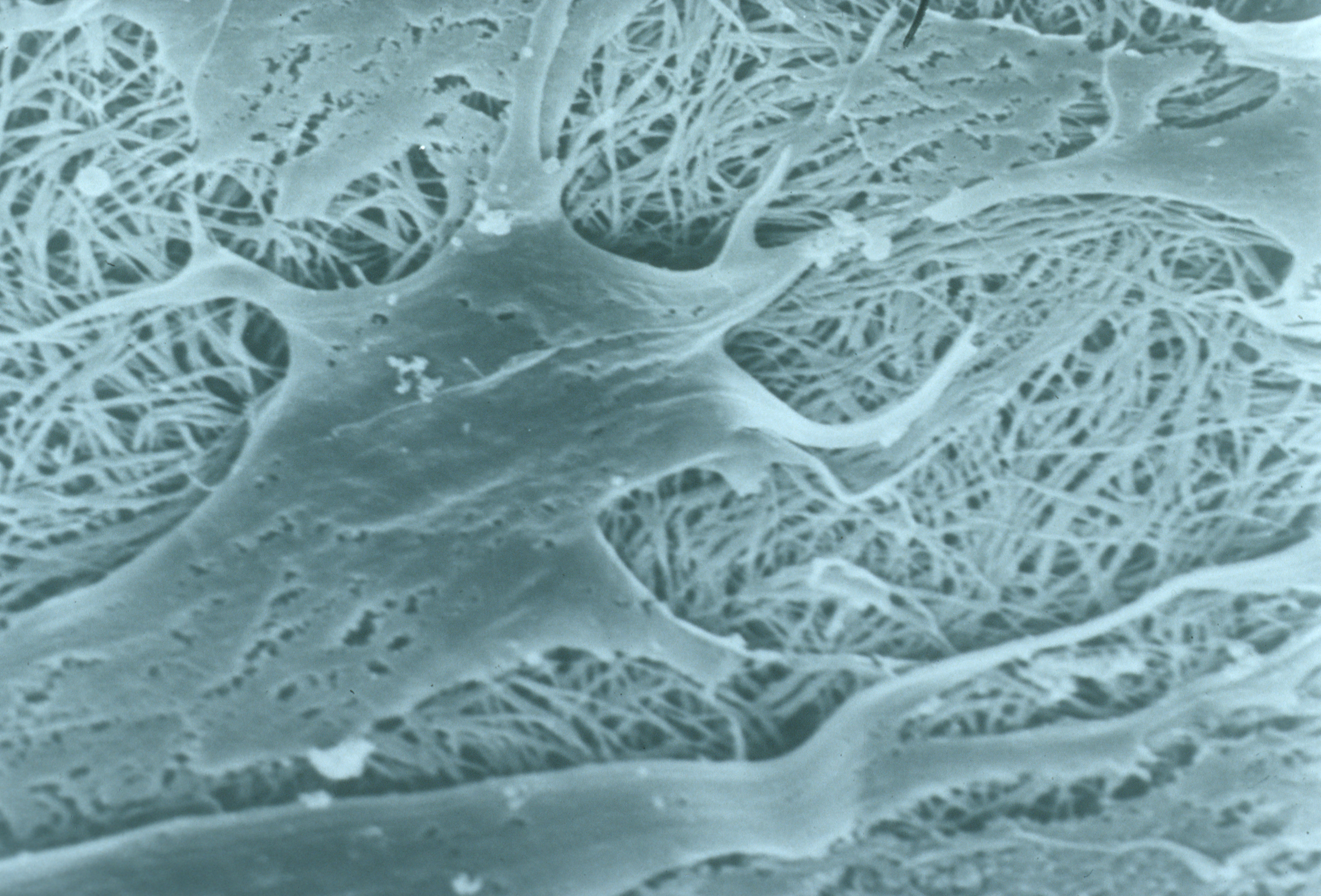
Collagen dressings help with new tissue formation and help heal wounds, skin grafts, and second- degree burns. They provide the necessary foundation of new tissues and work on three premises:
- Debridement: The removal of the necrotic tissue
- Angiogenesis: Stimulates the growth of new blood vessels
- Re-epithelialization: Moves epidermal cells from the edge of the wound to the center, helping with new skin formation.
When to Use a Collagen Dressing
They are suitable for use on granulating wounds and wounds that are chronic or takes a while to heal. A collagen dressing can help revitalize the healing process.
Other types of wounds that would benefit from a collagen dressing are:
- Pressure Ulcers
- Diabetic Ulcers
- Venous Ulcers/leg/foot/ulcers
- Lacerations and abrasions
- Donor Sites
- First and Second Degree Burns
- Partial/full thickness wounds
- Surgical/post-operative wounds
- Acute/traumatic wounds
- Arterial ulcers
- Low-to-moderate exuding wounds
- Moderate-to-high exuding wounds
When Not to Use a Collagen Dressing
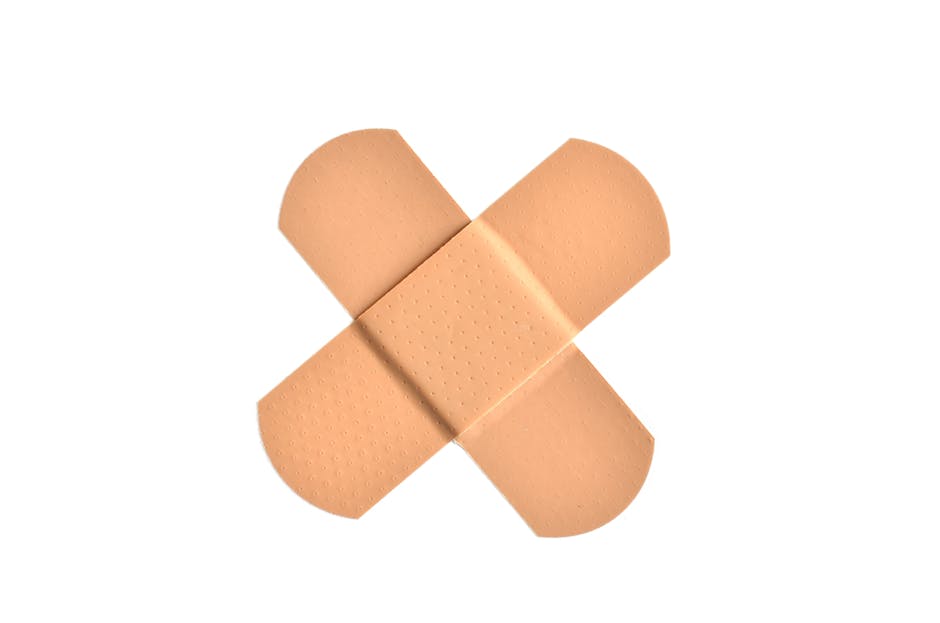
There are a few occasions when a collagen dressing is not an appropriate option to use:
- Dry and covered in a scab
- Third-degree burns
- On individuals who have allergies or are sensitive to porcine, bovine or avian products
Types of Dressings
Collagen dressing comes in a variety of forms and used in a variety of ways. Collagen comes in pastes, powders, pads, and gels. Pads and gels being the more popular forms used especially for self-care. Ropes are also available but those are used mainly for deep cuts and lacerations. The type of dressing used is dependant on the wound, its size, and location.
1. Hydrogels
Hydrogels are best used for dry wounds. They help keep the wound moist. By keeping the wound moist it helps prevent wound infection and promotes healing. They come in three forms:
- Amorphous hydrogel: It is a free-flowing gel, that is distributed in tubes, foil packets, and spray bottles
- Impregnated hydrogel: Usually placed on a gauze pad, sponge or strip.
- Sheet hydrogel: A combination of gels held together by a thin fiber mesh
Remember to only use this gel with dry wounds. You don't want to use this gel on wet and already moist wounds.
The following types of wounds are best treated with a hydrogel dressing:
- Dry or dehydrated wounds
- Partial or full-thickness lesions
- Abrasions or severe scrapes
- Minor burns
- Wounds with granulated tissue development
- Radiation skin damage
2. Collagen Ropes and Pad
Collagen ropes are used mainly to pack deep wounds and lacerations. The collagen ropes are packed in tight within the wound and then quickly absorbed by the body. Having the healing start within the wound can help speed up the healing process. These wounds are then usually covered with a collagen pad to help heal the skin around the wound.
Pads are used mostly on the actual wound themselves. They are more versatile and can be cut and sized to fit any wound. Most dressings are absorbed into the body and will not need to be changed.
3. Collagen Pads with Silver
Modern medicine is incredible. They have taken the healing effects collagen and the ability to fight bacteria from silver and have combined both of them for a new approach to wound care. Silver has been widely used to combat bacterial growth in wound care due to bacteria being much more sensitive to silver. Unfortunately, too much silver used can be bad for healthy cells. So you must be careful when using it as wound care. The key is to find the right formula.

4. Alginate Dressings
Alginate dressings are best used for draining wounds or wounds with an excessive amount of fluid. Alginate dressings are dry when placed on the wound, and become a more gel-like substance as the dressing absorbs the fluid from the wound. A secondary bandage would be needed to wrap over an alginate dressing. Alginate dressings need to be changed periodically. It is recommended to use a saline solution when removing the dressing to keep from damaging the healing skin around the wound.
Brands of Collagen Dressing in the Market
1. Fibracol Plus Collagen Wound Dressing

Fibracol combines collagen's structural support and the gel-forming properties of alginate into a comfortable, soft, and absorbent dressing. Best used on venous ulcers, diabetic ulcers, and full thickness pressure ulcers.
2. Woun'Dres Collagen Hydrogel
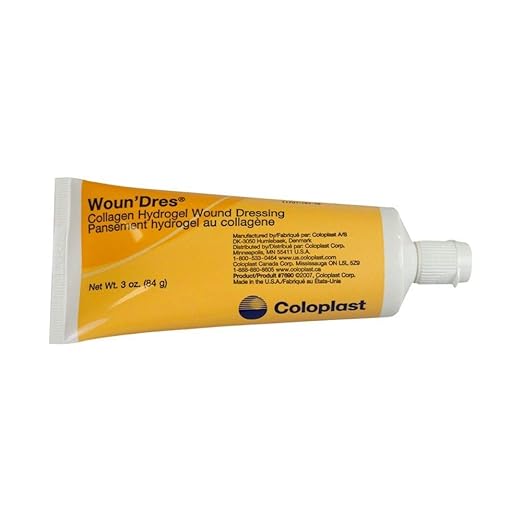
Woun'dres Hydrogel is a clear gel. It contains collagen and panthenol that work simultaneously to stimulate tissue growth and maintain an appropriate moisture level. Woun'dres does not have propylene glycol which is found in other hydrogels. Has a two-year shelf life so it will be available the next time you need it to get the healing that you need. Works for all types of wounds.
3. 3M Tegaderm Silver Alginate Dressing
Tegaderm Alginate Ag dressing is available as a pad or rope. It is an antimicrobial highly absorbent wound dressing that is made up of sterile calcium alginate, ionic silver complex, and carboxymethylcellulose. The dressing release antimicrobial ionic silver when it comes into contact with the wound. This process effectively reduces the bacteria growth, including antibiotic-resistant MRSA and VRE in the wound.
How to Apply Collagen Dressing to Wounds
Depending on the type of injury or wound you may need to seek medical attention. If it is a treatable wound that you can care for yourself, follow these few steps to ensure you are on the path to healing. Different dressings work better for various wounds. The steps to follow could vary as well. For example, some bandages will not need to be removed; saline may be necessary to prep the area instead of water, etc. If at all possible, have a medical professional show you the proper way of applying the dressing for the first time.
1. Clean the Wound
You would first wash your hands and the area around it, disinfect the wound. Then if possible put on some disposable gloves. If the wound is still bleeding, gently put pressure on the wound. Rinse the wound with water and then put antibiotic cream on the wound.
2. Wrap The Wound
Carefully wrap or place the dressing on the wound.
3. Wrap (if needed) a Secondary Dressing
Some collagens require a secondary dressing to cover it. The frequency of changing the bandages can vary from daily to every seven days.
3. Change Dressing (If necessary)
Carefully replace dressing following instructions. Be careful not to damage healing skin. Saline can be used to wet the dressing making it easier to remove

Conclusion
It is amazing how the body has natural healing capabilities. Now combine that with modern medical advancements - the wounds are healing faster, less scarring and with less serious risks of infection. So next time you look for a bandage to treat a cut or wound, look for one that contains collagen. You will be amazed at the results.
References:
Better Nutrition
Wikipedia

